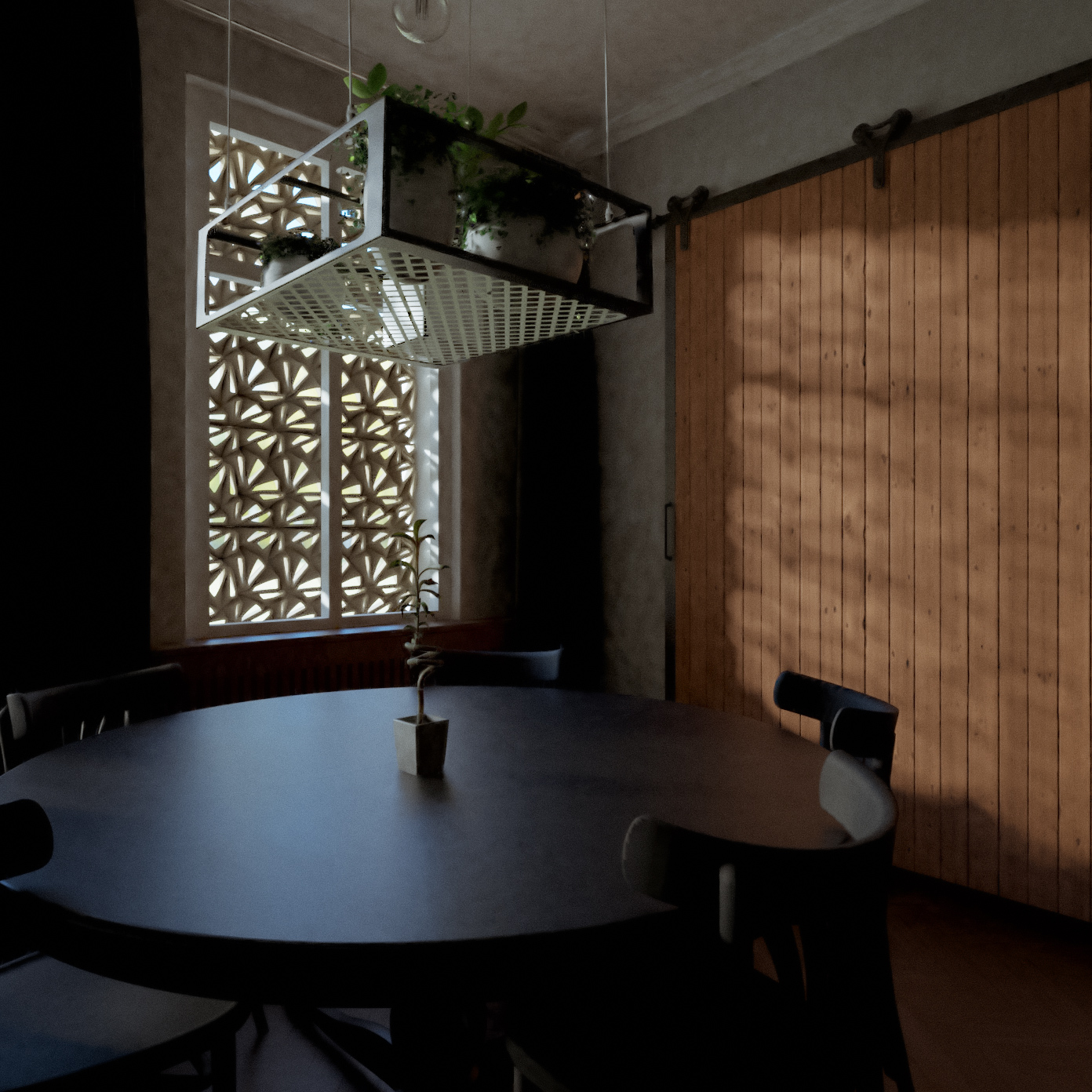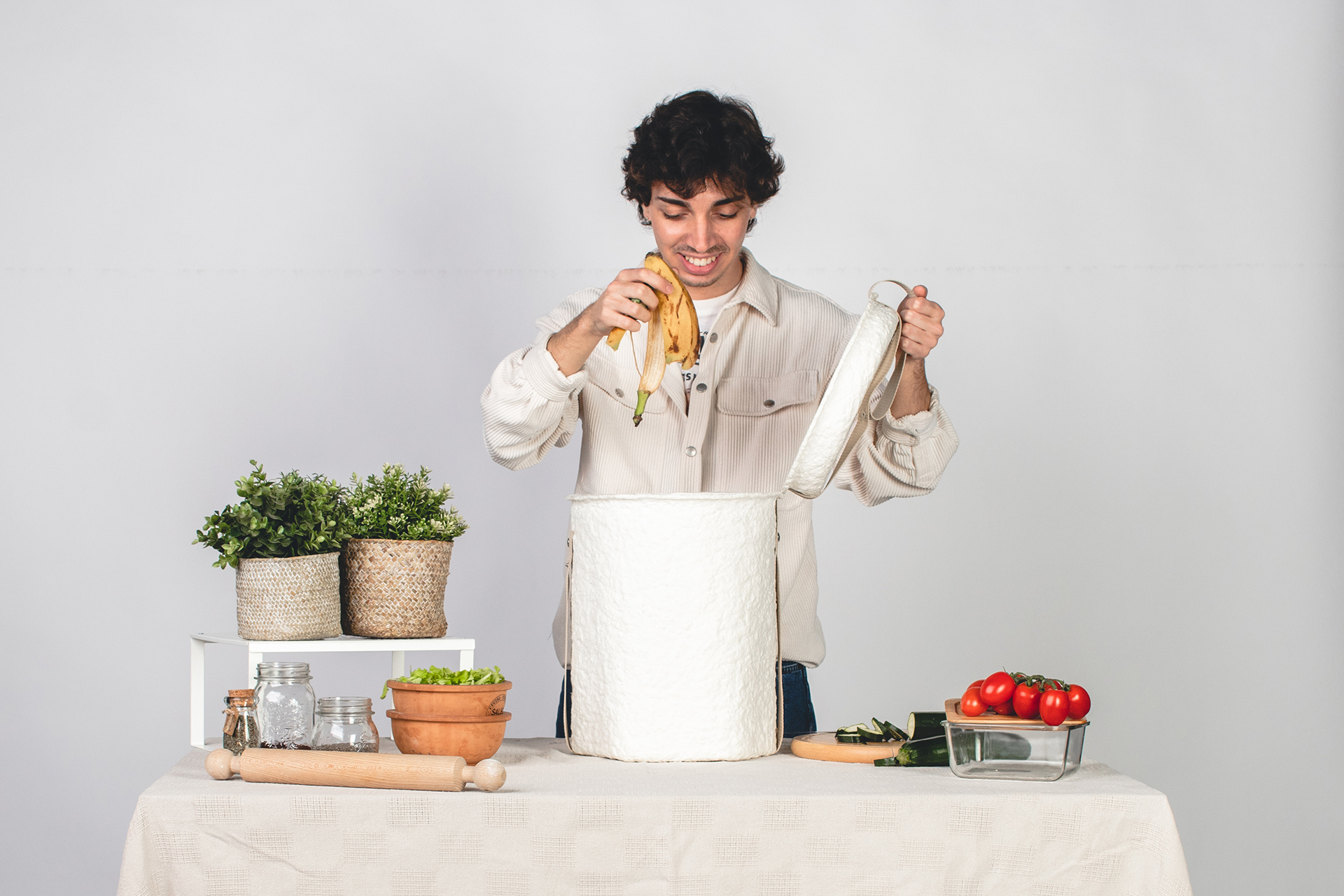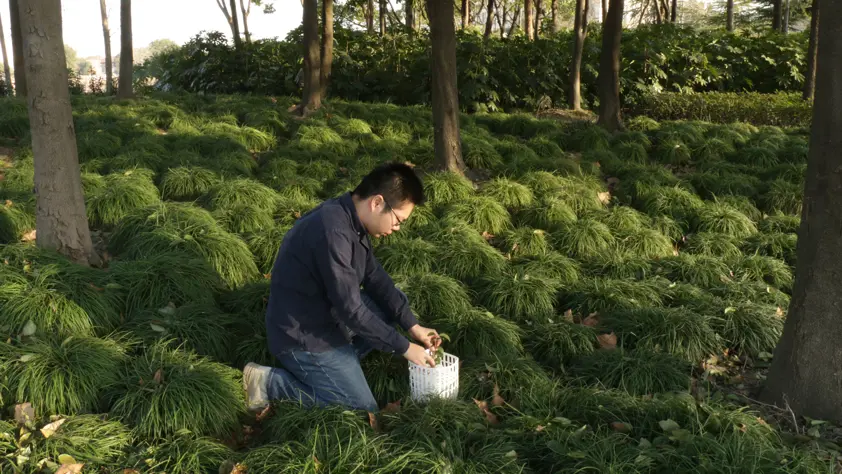What kind of challenges will we be facing in our homes in 2036 – particularly if we live in a place such as California, which is already seeing destructive wildfires and heatwaves
This was the question posed to master’s students at the Polytechnic University of Milan last year. The Innovation Studio course invites students to experiment with different materials, working on projects that will eventually be displayed at an exhibition.
Around 100 students around the world took part in the 2020–2021 course. The theme? Homes for Uncertain Times, which directed participants to think about what products they could create that will help us live with more extreme weather and its related problems.
“We live in uncertain times due to the effects of climate change. The theme was selected to give a serious topic a positive spin – how designers can help make our lives better in the midst of it all,” says Stefana Maja Broadbent, Associate Professor at the Department of Design.
UPM was delighted to donate paper pulp to the course, which students could use alone or combine with different materials. “We were excited to see in what ways the students could work with pulp. UPM also participated in giving a lecture on how to cut, fold and mould it,” says Valentina Auricchio, Assistant Professor at the Department of Design.
“Pulp is a very flexible and wonderful material. The course was done online, so even when students were stuck at home, the pulp was easy to ship to them,” explains Broadbent.

To help keep indoor spaces cool, Au.ruh absorbs heat and creates a breeze effect. (Photo: The Au.ruh project team)
Doomsday preppers as inspiration
For industrial design students Bria Jammali-Versace and Elia Molteni, the process began with intensive research into what scenarios were most likely to play out in California 15 years from now. “We started looking into doomsday preppers and that mindset of learning to live with these events, as we’re probably not going to be able to prevent them,” says Jammali-Versace.
One finding which stood out to the pair and their teammates – communication designer Tea Firmo, interaction designer Huang Yang and industrial designer Ou Xiang – was the fragility of the power grid.
“You can’t rely on power in heatwaves. So, we decided to look at how people could keep their homes cool without using electricity,” explains Jammali-Versace.
The result was Au.ruh, a device that is placed on to windows. “One professor suggested we look at phase change materials, which can absorb heat, so we looked into how we could combine it with paper pulp,” says Molteni.
PCMs are micro-materials which change from solid to liquid form as temperatures rises, absorbing and releasing heat energy as they transform. Au.ruh’s design also channels air into a path, creating a natural breeze effect in living spaces.

S’Proudy is a composting device made from UPM paper pulp. (Photo: The S’Proud project team)
Building communities through pulp
Students Prathana Shah, Amarinder Arora, Bianca Fratin, Valeria Goncharova, and Simone Testa experimented with different interpretations of the concept of resilience. “Being in touch with your community and knowing that someone is always there for you gives a sort of relief. We also found people in California are less in touch with their neighbours than in the past,” says Prathana Shah.
The group’s solution was S’Proudy, a composting device designed to contribute towards a community garden. “Usually, you have to wait for your food scraps to compost, then you need to clean out the bin, so there’s smell and there’s mess,” Shah explains.
S’Proudy is designed to be delivered to a central collection point as soon as it’s full, where it will be added to a community compost collection. You’re then given a fresh device to take home with you. S’Proudy is made from UPM’s paper pulp, which is 100 per cent biodegradable.
Paper pulp was appealing because it can be moulded into any shape, which makes mass production affordable, and it can also be laminated to make the S’Proudys reusable. “We wanted to change the concept of a composting bin from something you hide away into an object people can be proud of,” continues Shah.
Challenges and surprises
All the final products were showcased in an online exhibition, which took place in February 2021. Attendees were told that a travel agency from the future was inviting them on a trip to California in 2036, to see artefacts that embody the uncertainty and adaptation of the last 15 years. They are also available to view on the course’s Instagram page and website.
So what was the biggest takeaway for students and teachers from this experience? “Doomsday prep really isn’t as crazy as people think!” laughs Jammali-Versace.
The year was tough and full of surprises, says Auricchio. “We were able to adapt to the conditions and accept the limitations of online teaching. Evaluating a paper model through video was challenging, but we made it work.”
Due to the teaching format, Broadbent and the other teachers noticed that the students needed more supervision than normally. “Through long supervision sessions, we were able to have gratifying collective moments where we exchanged ideas and views,” Broadbent surmises with a smile.
Main image: The Treeble project team
Text: Jessica Bateman and Sini-Maria Melanen

